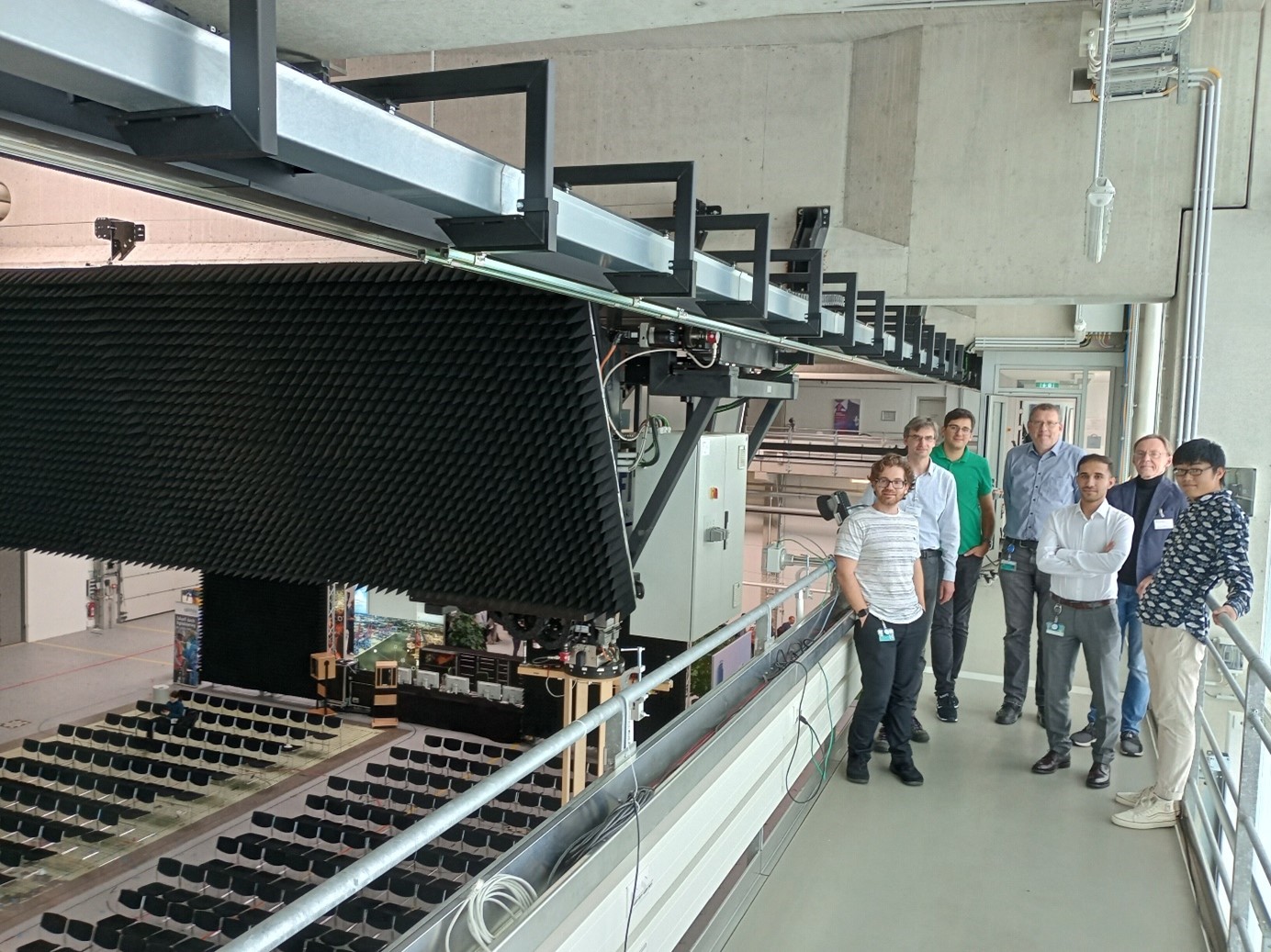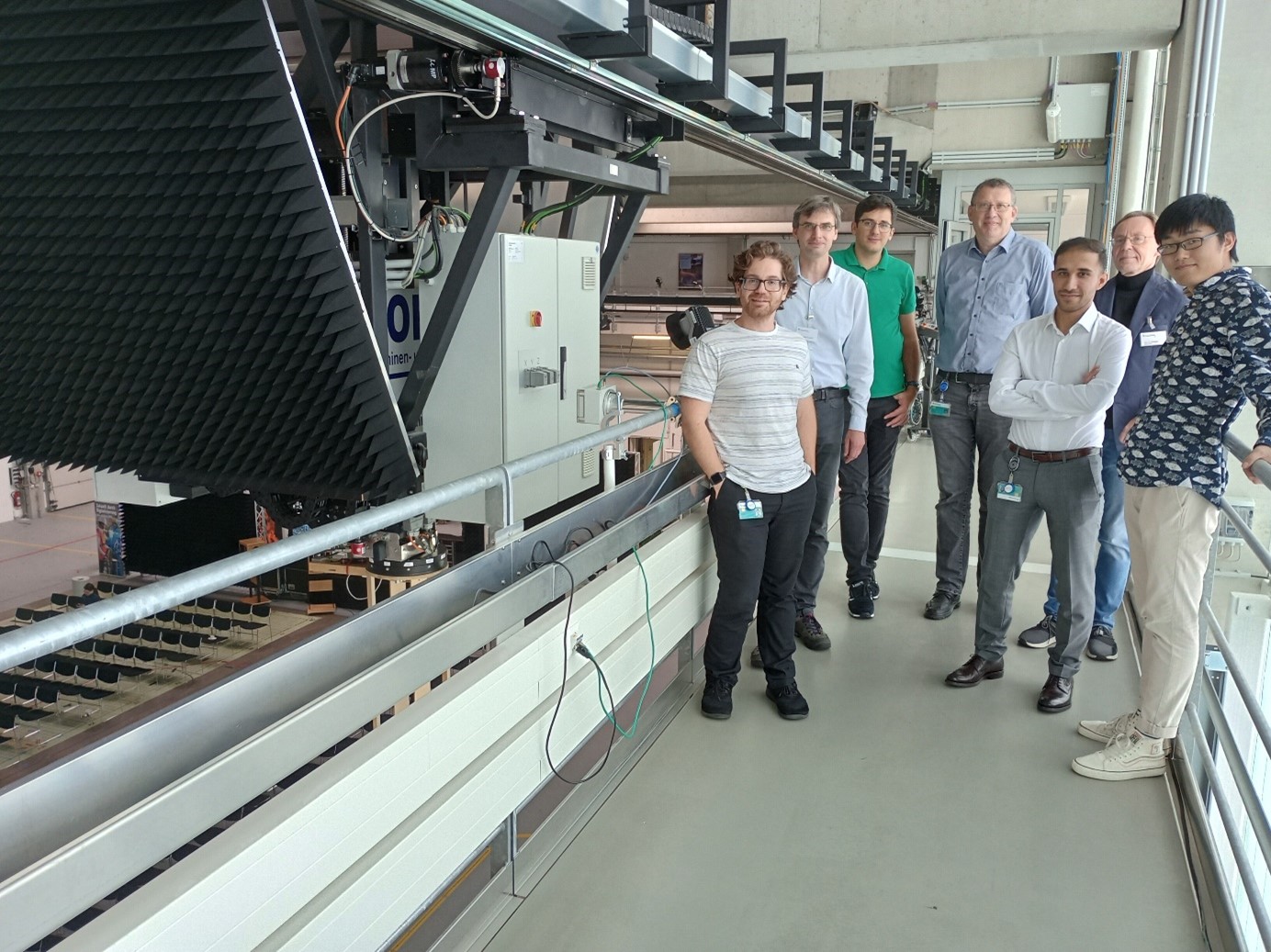Promotion of test infrastructures and studies in the 5G/6G backbone area
The planned project deals with security in the 5G/6G backbone area. Reconfigurable Intelligent Surfaces (RIS) controlled by Software-Defined Networking (SDN) will be used to demonstrate increased security and resilience in the wireless backhaul.
The starting point will be existing network components and preliminary work by the partners. The RIS enable additional paths for the radio links between individual 5G/6G access points. On the one hand, this can neutralize potential interferers or temporarily increase capacity (resilience), but on the other hand it also makes possible eavesdropping more difficult, since the information is transmitted on more than one path (physical layer security).
Finally, various application scenarios are highlighted and addressed accordingly. This applies both to the usual public telecommunications infrastructure and to smaller campus networks, such as those in industrial plants or networks of critical infrastructure operators with high resilience and security requirements.
Thanks to these application examples, the potential of RIS for flexible and, above all, secure wireless connection of radio access network (RAN) components becomes visible and is investigated using wireless backhaul and with the entire mobile network in a test hall.




